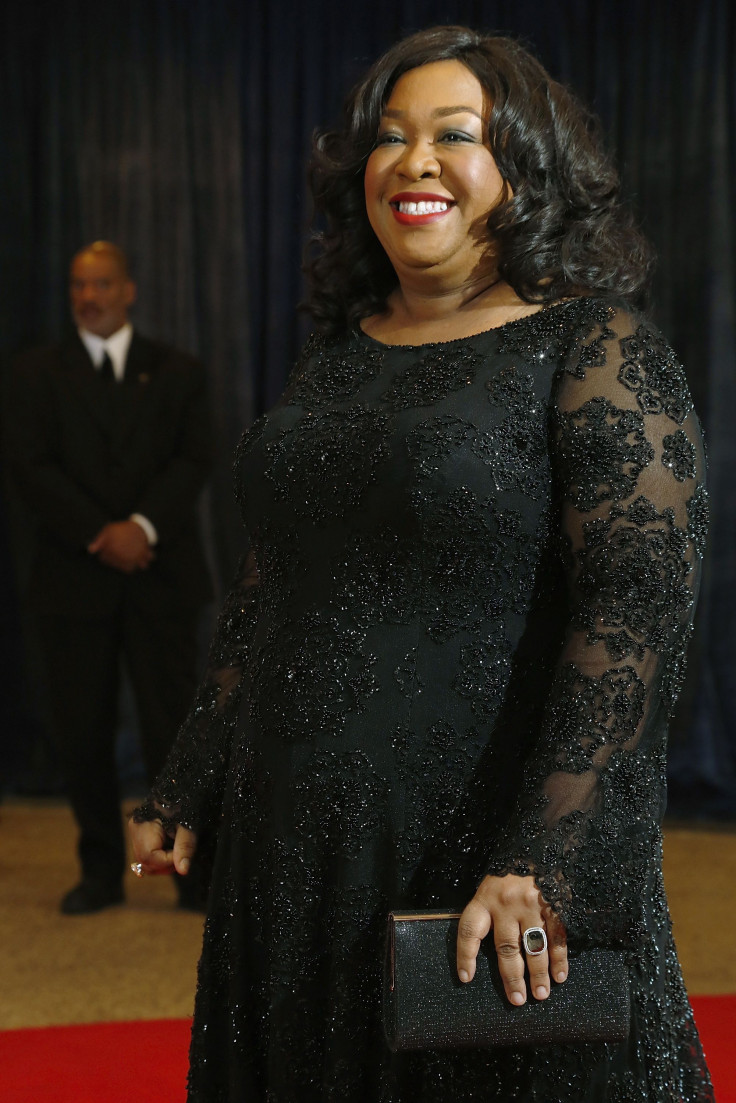Alessandra Stanley Responds To Critics Over Shonda Rhimes ‘Angry Black Woman’ Comment

Criticism of New York Times TV critic Alessandra Stanley for her controversial profile of television producer Shonda Rhimes, in which she characterizes her as an “Angry Black Woman,” continues unabated with accusations of racism.
In two updates to New York Times public editor Margaret Sullivan’s blog post on the issue, both culture editor Danielle Mattoon and Stanley responded to the furor. Earlier on Monday, Sullivan wrote "There are some big questions here – about diversity, about editing procedures and about how The Times deals with stories about women and race. They are worth exploring in depth.”
Culture editor Mattoon said that she regretted that Stanley’s piece offended anyone. “Alessandra used a rhetorical device to begin her essay,” she said, “and because the piece was so largely positive, we as editors weren’t sensitive enough to the language being used. This is a signal to me that we have to constantly remind ourselves as editors of our blind spots, what we don’t know, and of how readers may react.”
Stanley, who had defended herself in a 140-character tweet shortly after she was flooded with criticism, issued a longer statement in Sullivan’s second update on Monday afternoon.
“In the review, I referenced a painful and insidious stereotype solely in order to praise Ms. Rhimes and her shows for traveling so far from it,” she wrote. “If making that connection between the two offended people, I feel bad about that. But I think that a full reading allows for a different takeaway than the loudest critics took.”
Stanley also addressed her comment about Viola Davis’ looks as “less than classically beautiful” compared to lighter-skinned African-American actresses, arguing that Davis had said it about herself in the New York Times. She also claimed that she said of Davis that she didn't conform to television’s narrow standard of beauty, which is something she’d said also about Helen Mirren in “Prime Suspect.”
Providing links as evidence, Stanley wrote, “I didn’t think Times readers would take the opening sentence literally because I so often write arch, provocative ledes that are then undercut or mitigated by the paragraphs that follow. Regrettably, this stereotype is still too incendiary to raise even in arguing that Ms. Rhimes had killed it once and for all.”
Sullivan ended her update with the announcement that she will talk to New York Times Executive Editor Dean Baquet about diversity in the newsroom. Out of the Times’ 20 critics, she writes, “not one is black and only one is a person of color.”
© Copyright IBTimes 2024. All rights reserved.






















